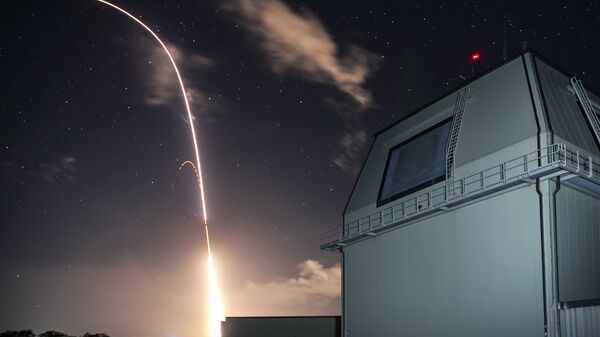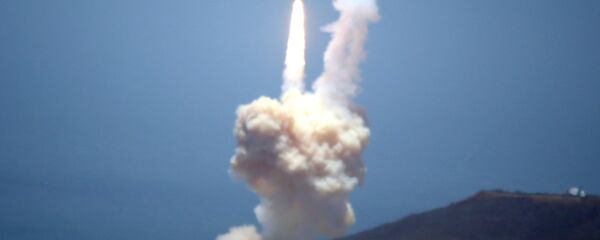Hawaiian Governor David Ige failed to reassure his compatriots and tourists that they are safe from a missile, although he almost immediately knew that the alarm on 13 January was false, because he could not access his Twitter account. The reason is trite – he did not remember his login and password. However, he pledged that he would not let this happen again.
“I have to confess that I don’t know my Twitter account log-ins and the passwords, so certainly that’s one of the changes that I’ve made. I’ve been putting that on my phone so that we can access the social media directly,” he told reporters.
He was confronted by journalists about the delay following his State of the State address and explained that “I was in the process of making calls to the leadership team both in Hawaii Emergency Management as well as others,” the local outlet, The Star Advertiser, reported.
“The focus really was on trying to get as many people informed about the fact that it was a false alert,” the governor said, while giving reassurances that steps have been made to avoid such false alarms in the future.
After receiving the alert about the imminent attack, people rushed to hotel basements, ran from beaches and hid in military hangars in panic. A state staff was blamed for the false alarm as he/she reportedly "pushed the wrong button" during an end-of-shift procedure.



